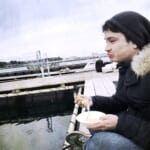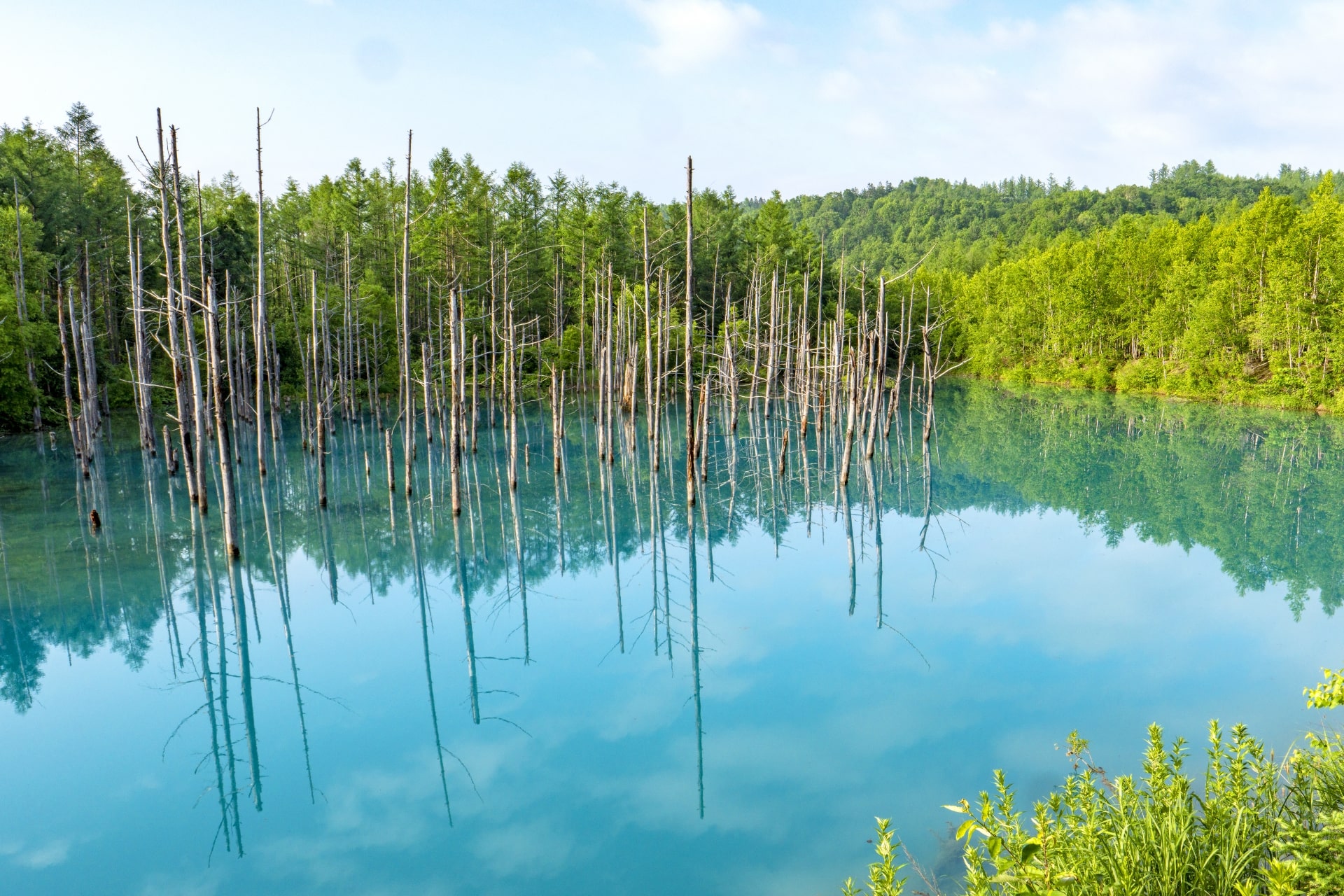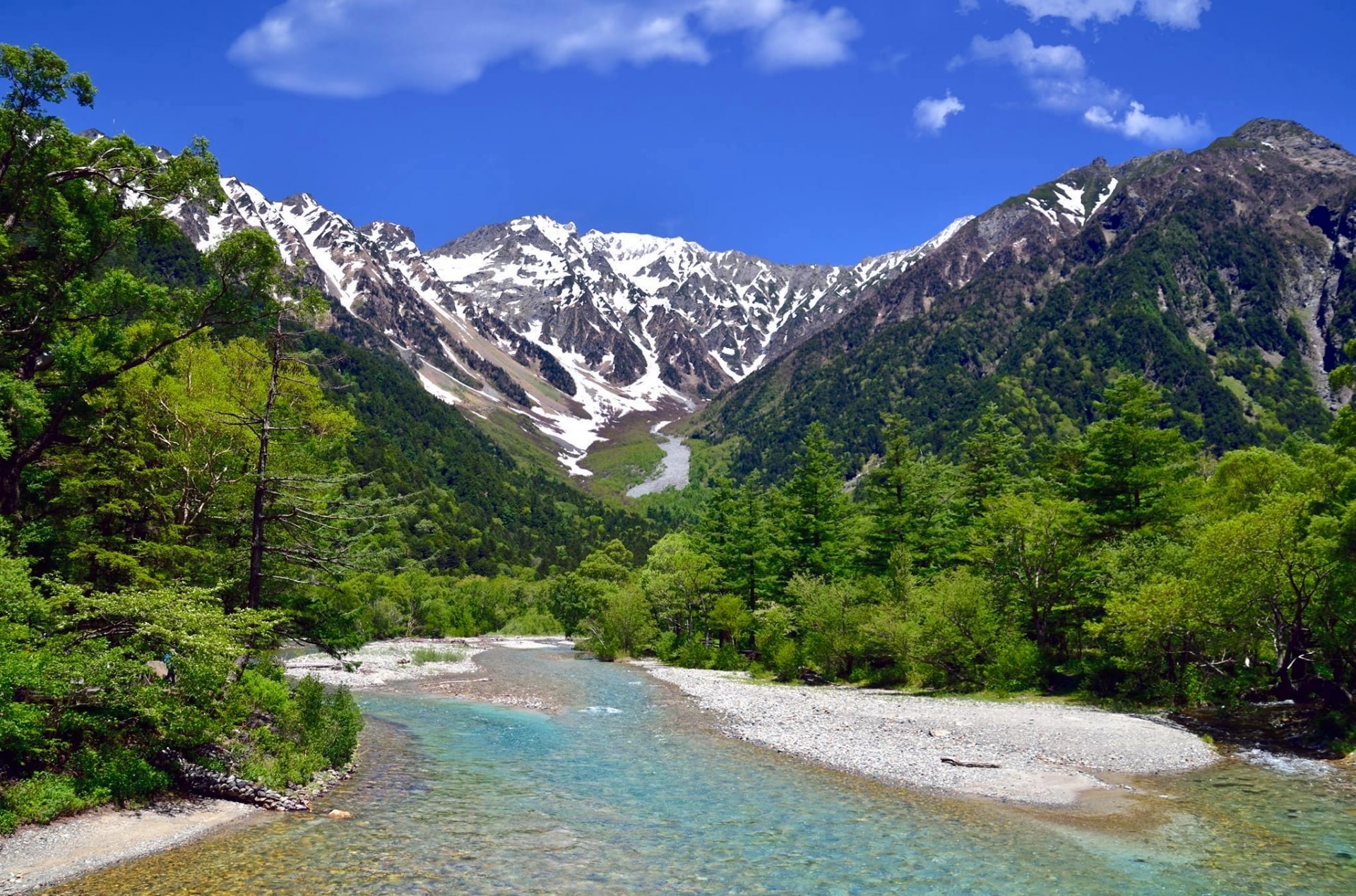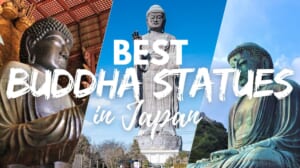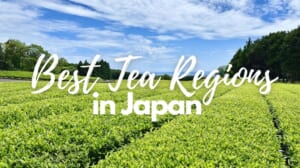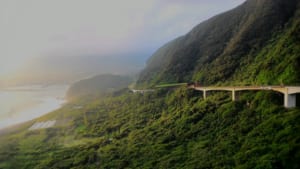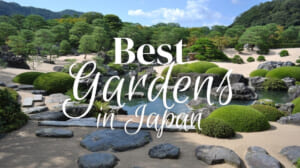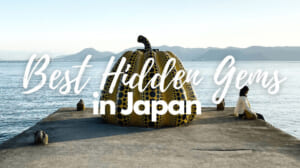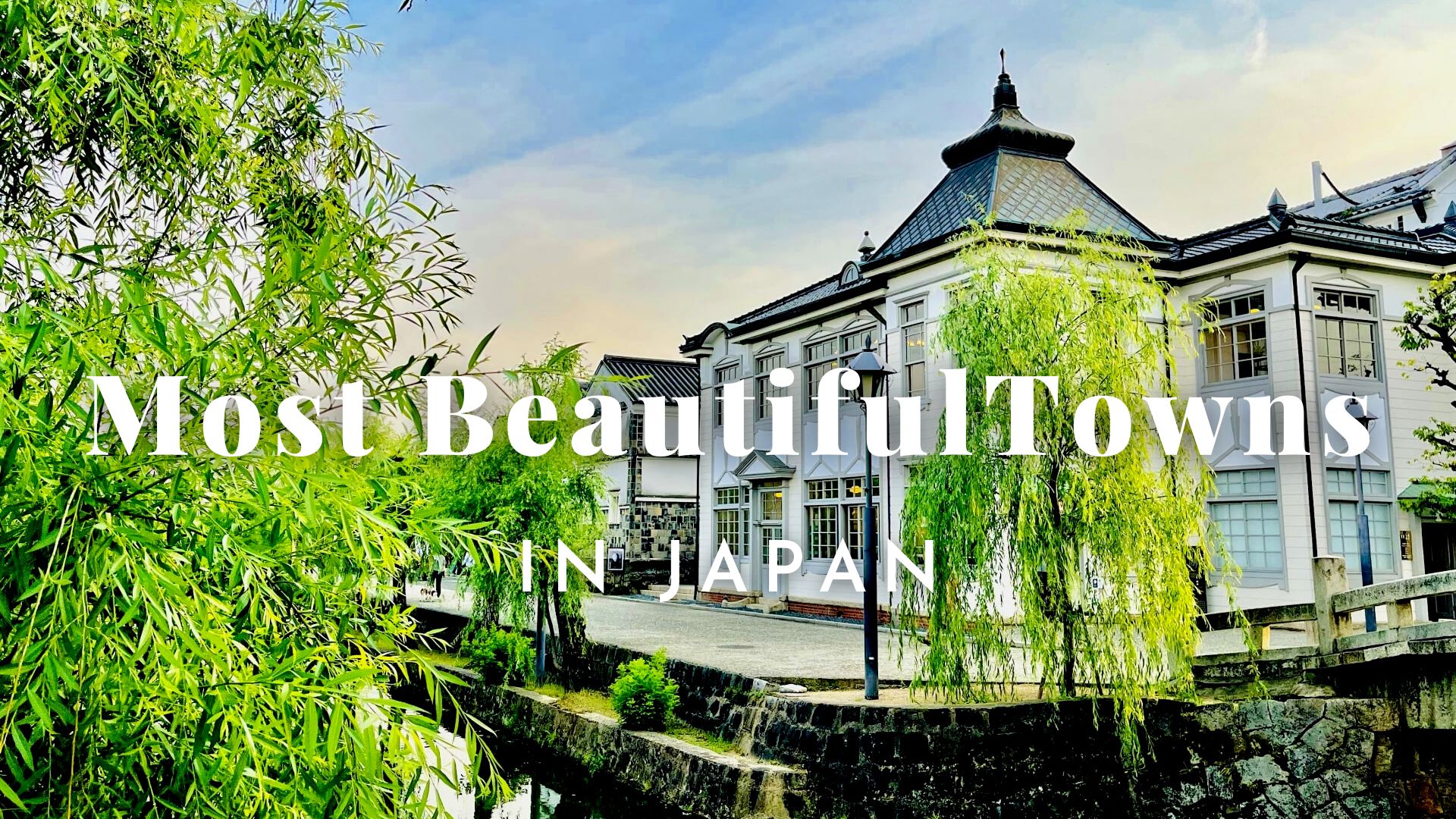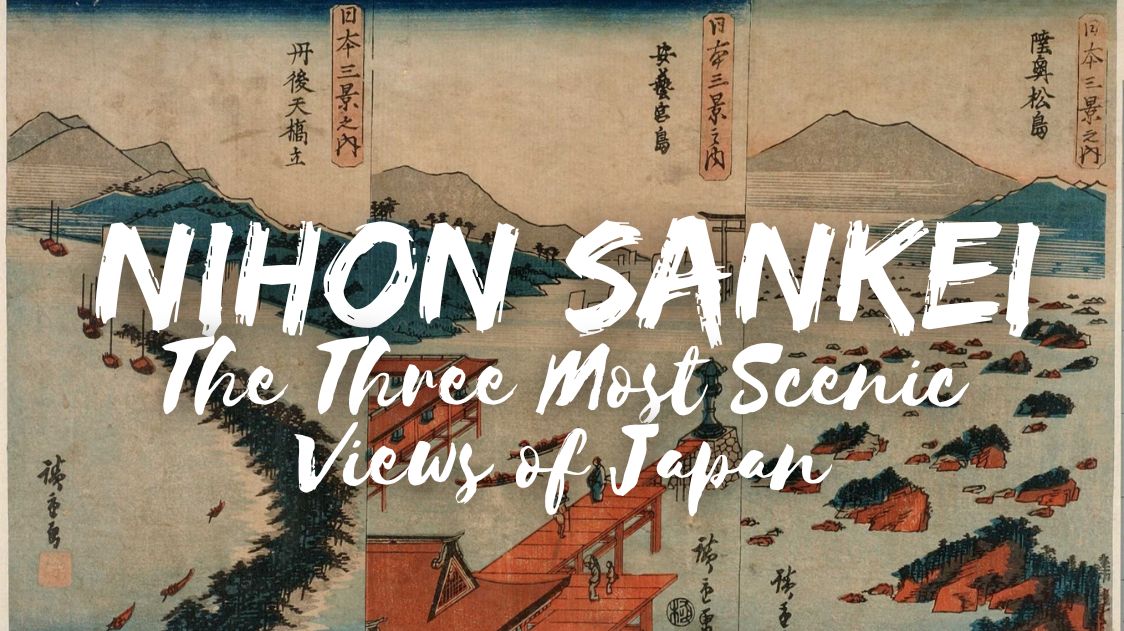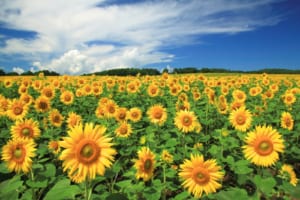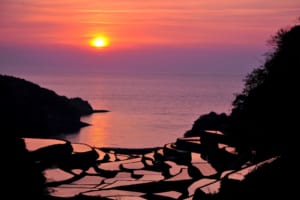15 Most Beautiful Places in Japan
List of Best landscapes in Japan
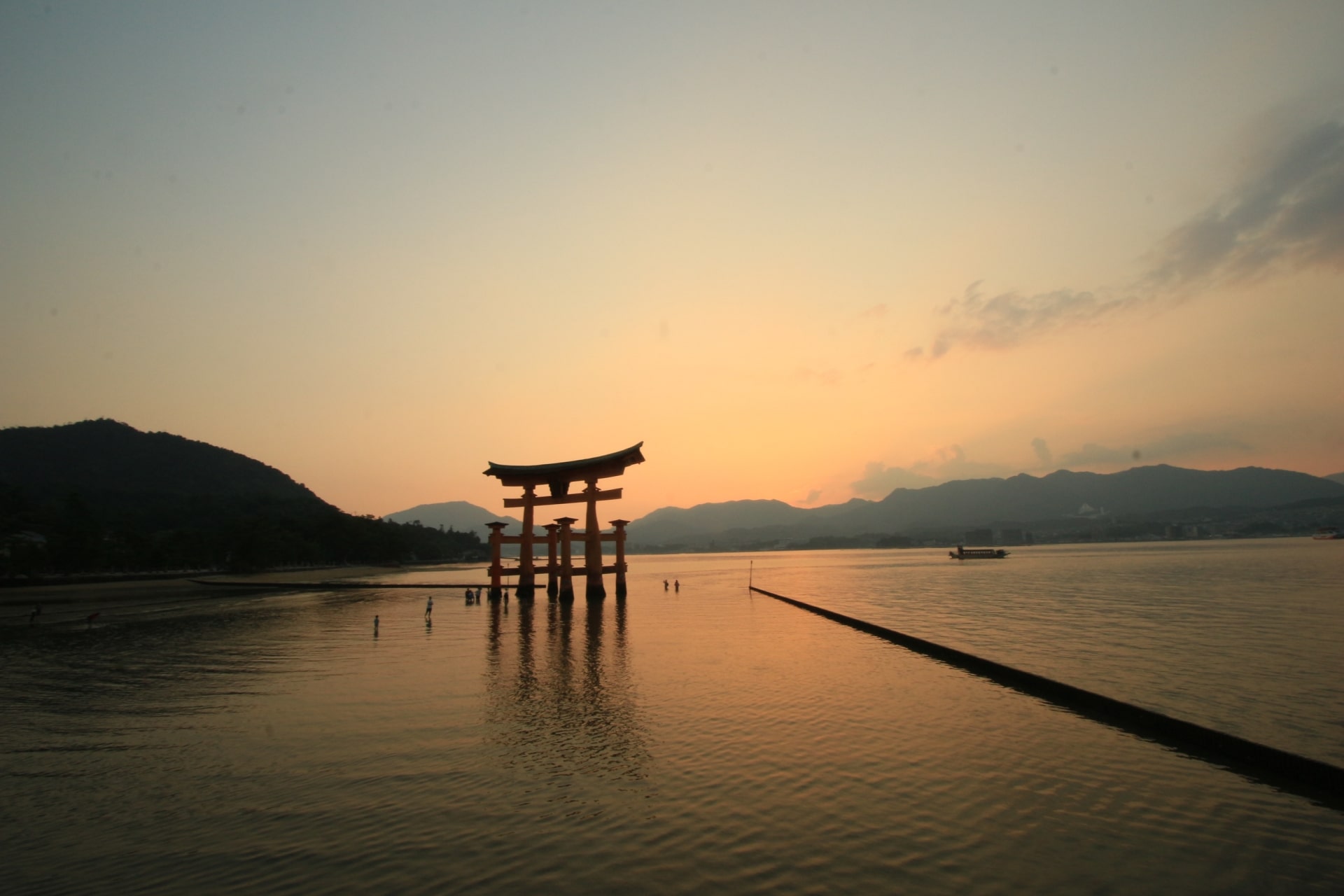
People visit Japan from all around the world for a wide variety of different reasons. The culture, history, food, architecture, fashion, etc… I think all of those reasons are good. But what I would like to introduce to you in this article is some of the most stunning Japanese scenery that you can experience.
Some of these are famous, and maybe they are already on your bucket list of places to visit in Japan. However, there are also some hidden gems or other cool places in Japan that you may want to add to your list of things to do.
In this article, I will introduce to you our picks for the 15 most beautiful places in Japan. I will be introducing places from all around Japan, so if you happen to be near one of these, I hope you consider checking it out!
1. Mt Fuji (Yamanashi/Shizuoka)
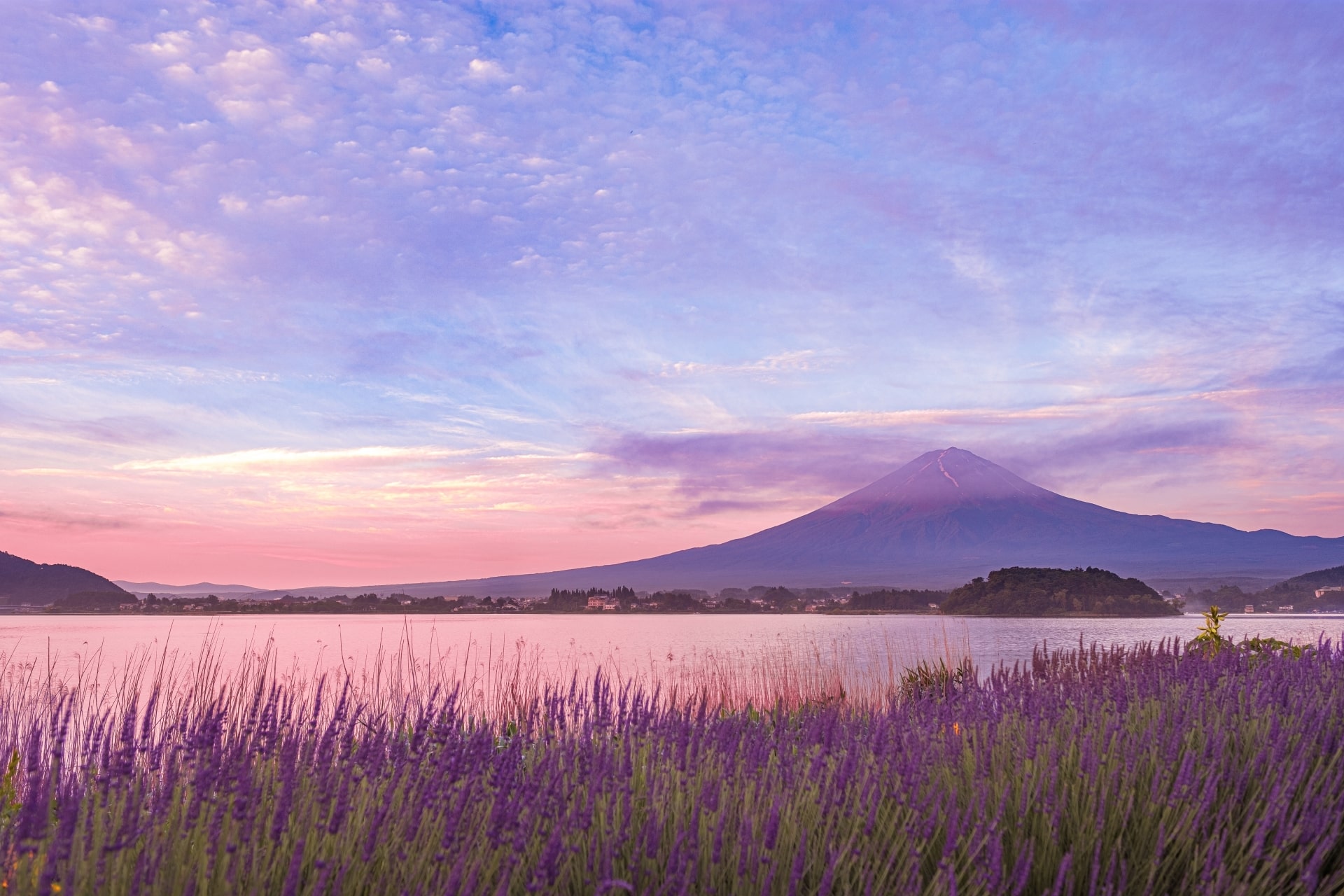
Some might not know this, but Mt Fuji is located right in the middle of Shizuoka prefecture and Yamanashi prefecture. So, you can say Mt Fuji is located in both Shizuoka and Yamanashi. Both sides have their own “Mt Fuji viewing spots”. You can check out these spots from the following link.
More info: Best View of Mt Fuji: 20 Best Places to See Mt Fuji
2. Shirakawago (Gifu)
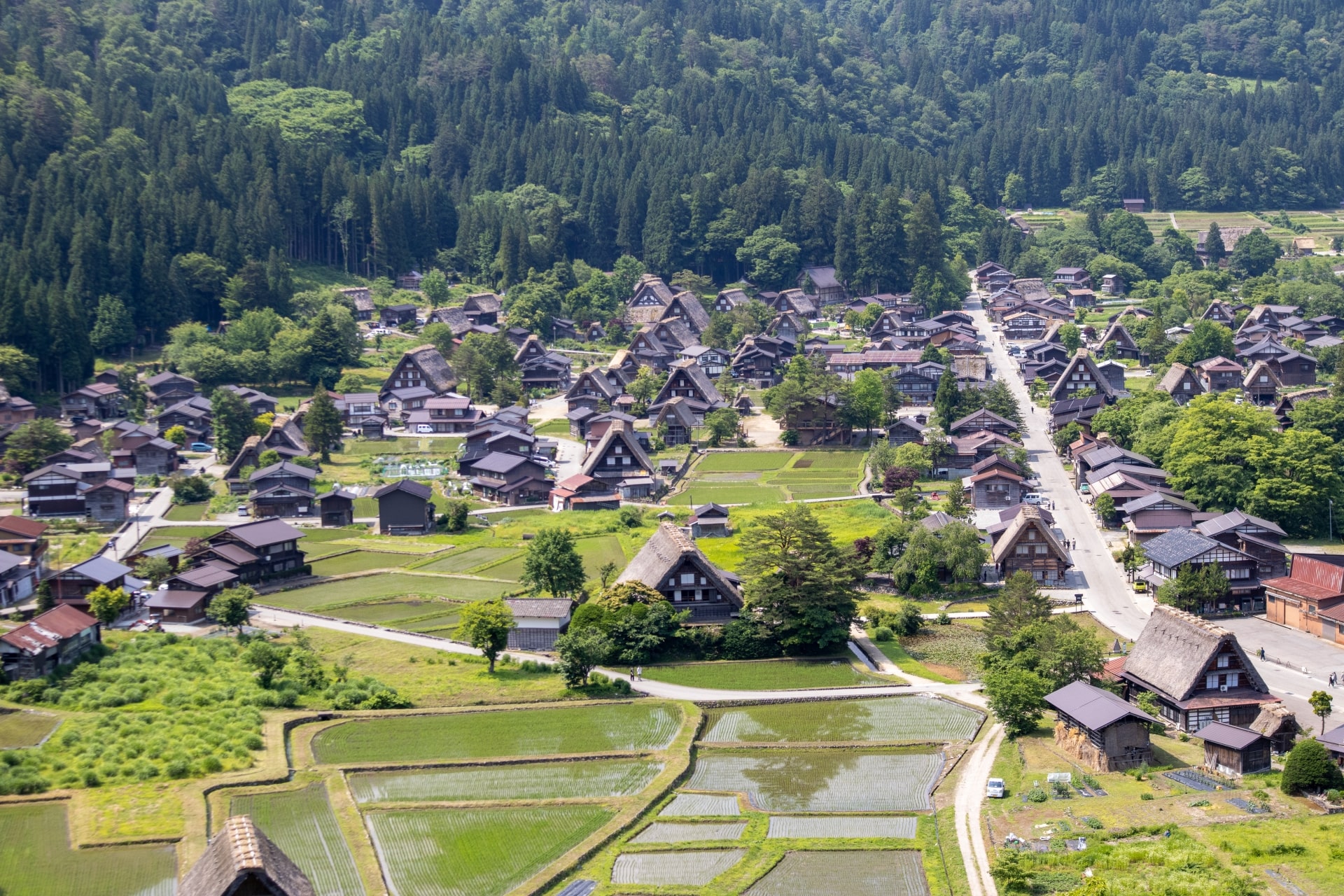
The sight of this village has an interesting valance between peculiar architecture, nature, and history. Also, this sight will vastly change its appearance depending on when you visit it. You can check out the best time to visit from the following link.
More info: Shirakawago : Best Time to Visit
3. Motonosumi Shrine (Yamaguchi)
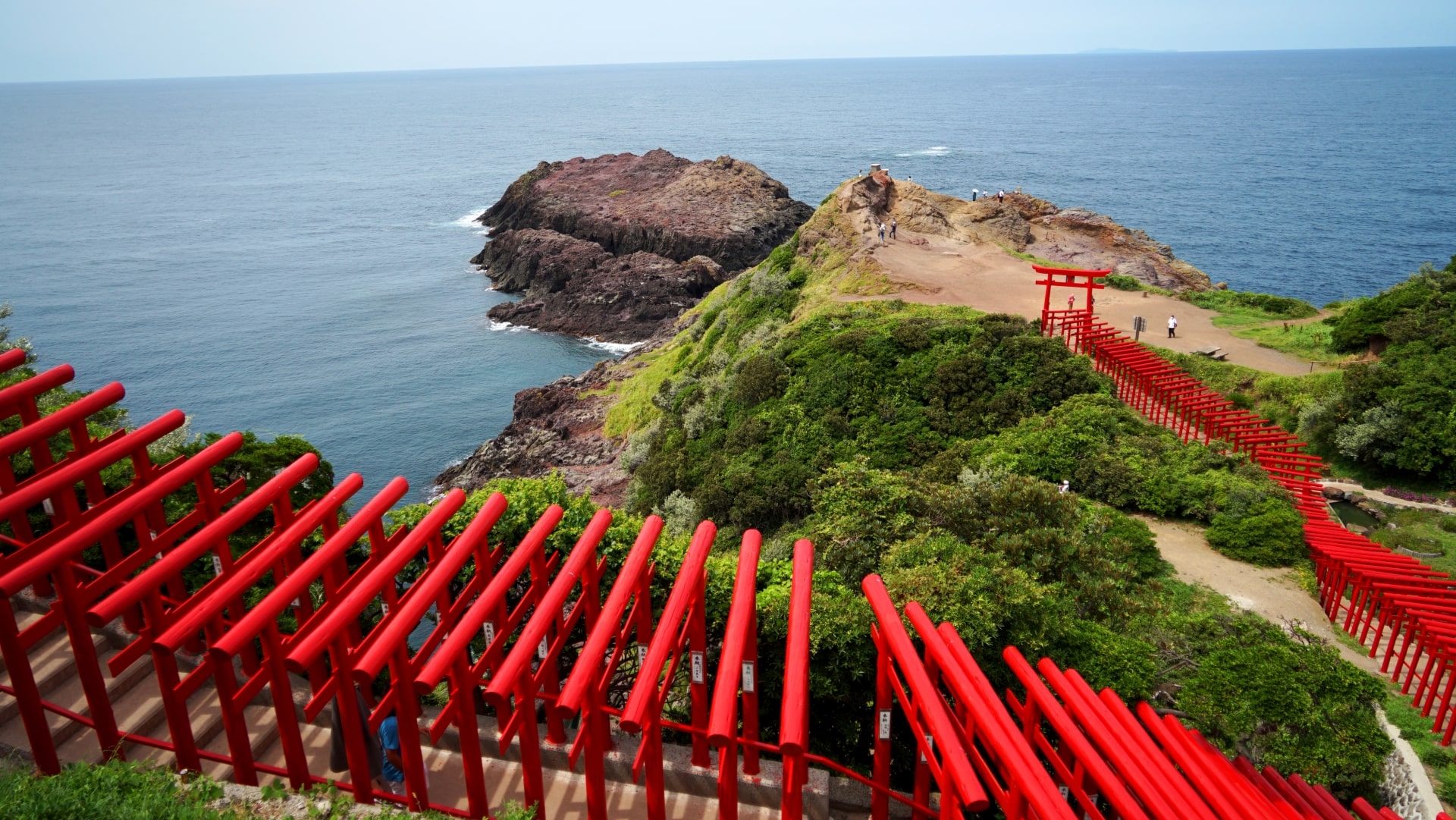
The view from the top area is unique and once you get all the way to the bottom area, you’ll have an uninterrupted view of the sea of Japan right in front of you. Although it is rather off the beaten track, it is worth visiting.
More info: Motonosumi Inari Shrine: Japan’s Most Bizarre and Incredible Shrine!
4. Himeji Castle (Hyogo)

The completely white exterior separates itself from the aesthetics of any other castle in Japan. Because of its white exterior, the castle is also called Hakuro-jo (meaning “White Egret Castle”) or Shirasagi-jo (meaning “White Heron Castle”).
This castle is one of the first two sites in Japan which was added to the UNESCO World Heritage Site list in 1993.
More info: Himeji Castle: The Complete Guide to a Classical Japanese Castle and UNESCO World Heritage Site
5. Shiretoko National Park (Hokkaido)
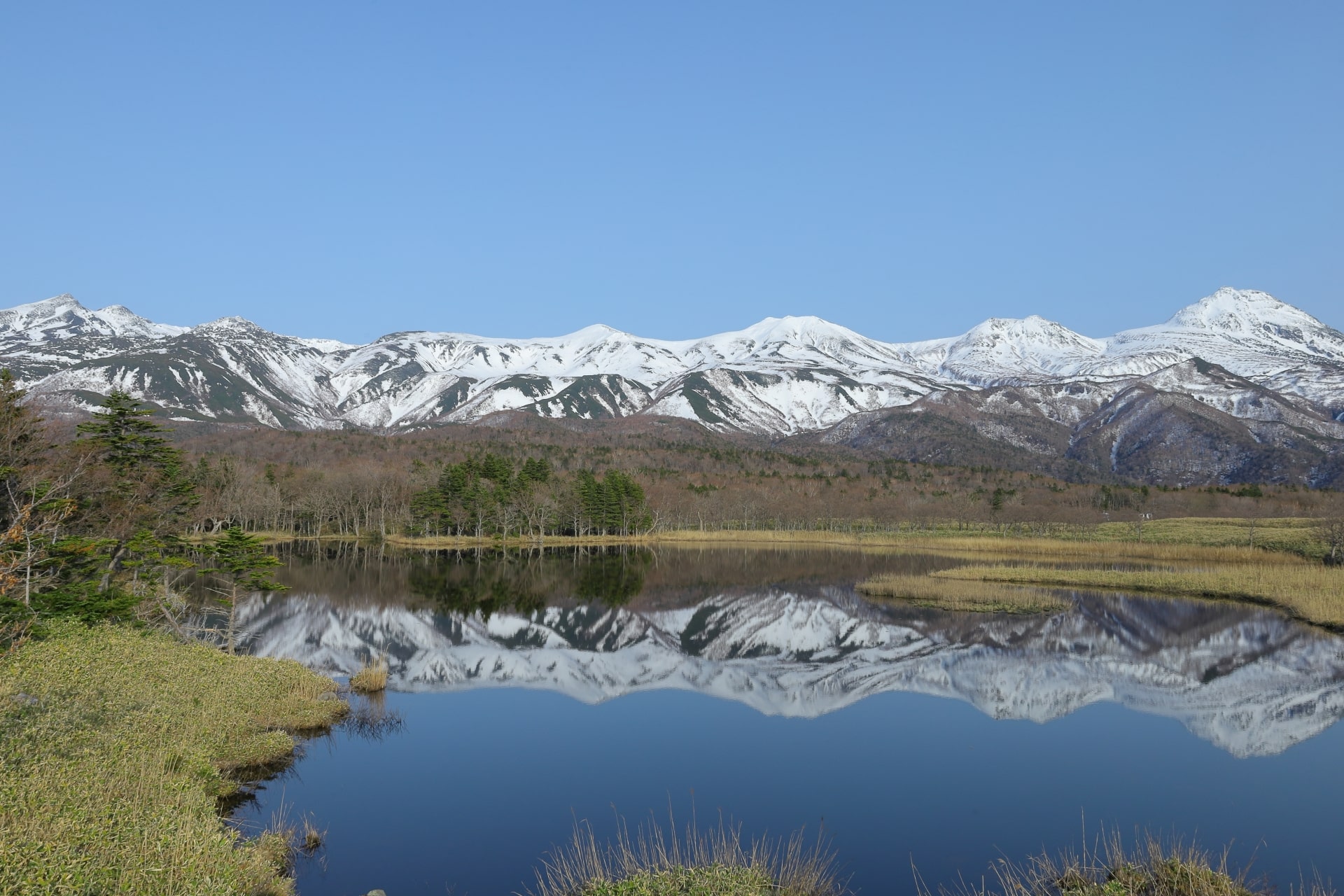
The park is one of the most remote areas in all of Japan which can be accessed only by foot or boat. Because of this, it is also one of the most unspoiled and beautiful places you can go to. It’s home to a number of wild animals including brown bears, deer, foxes, and more.
The park was added to the list of UNESCO World Heritage Sites in 2005.
More info: Shiretoko National Park: the Great Northeastern Park in Hokkaido
6. Arashiyama Bamboo Grove (Kyoto)
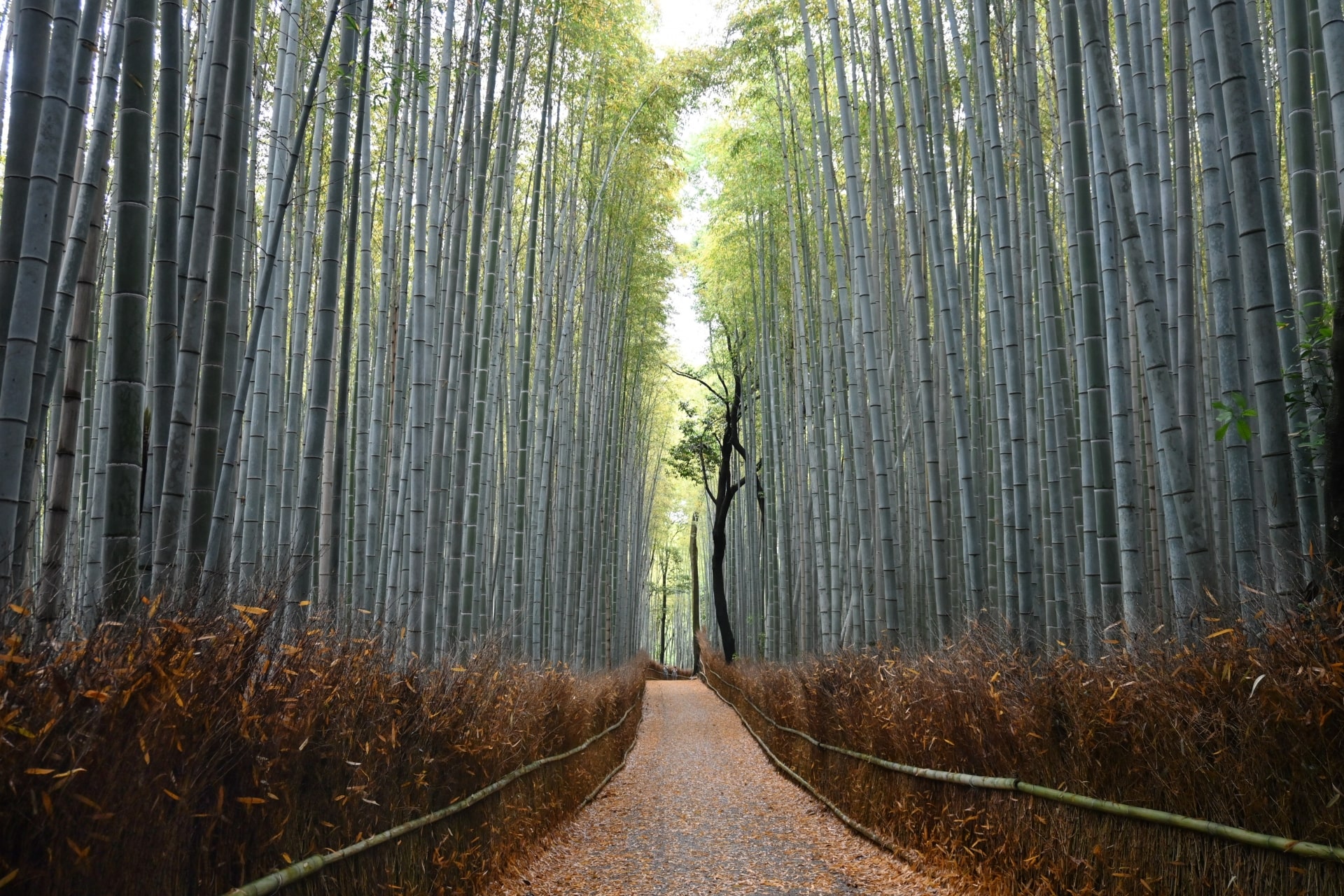
The grove has approx 200 m long walking path cut through the forest where visitors can enjoy a pleasant walk.
More info: Kyoto Arashiyama Bamboo Grove
7. Kabira Bay (Okinawa)
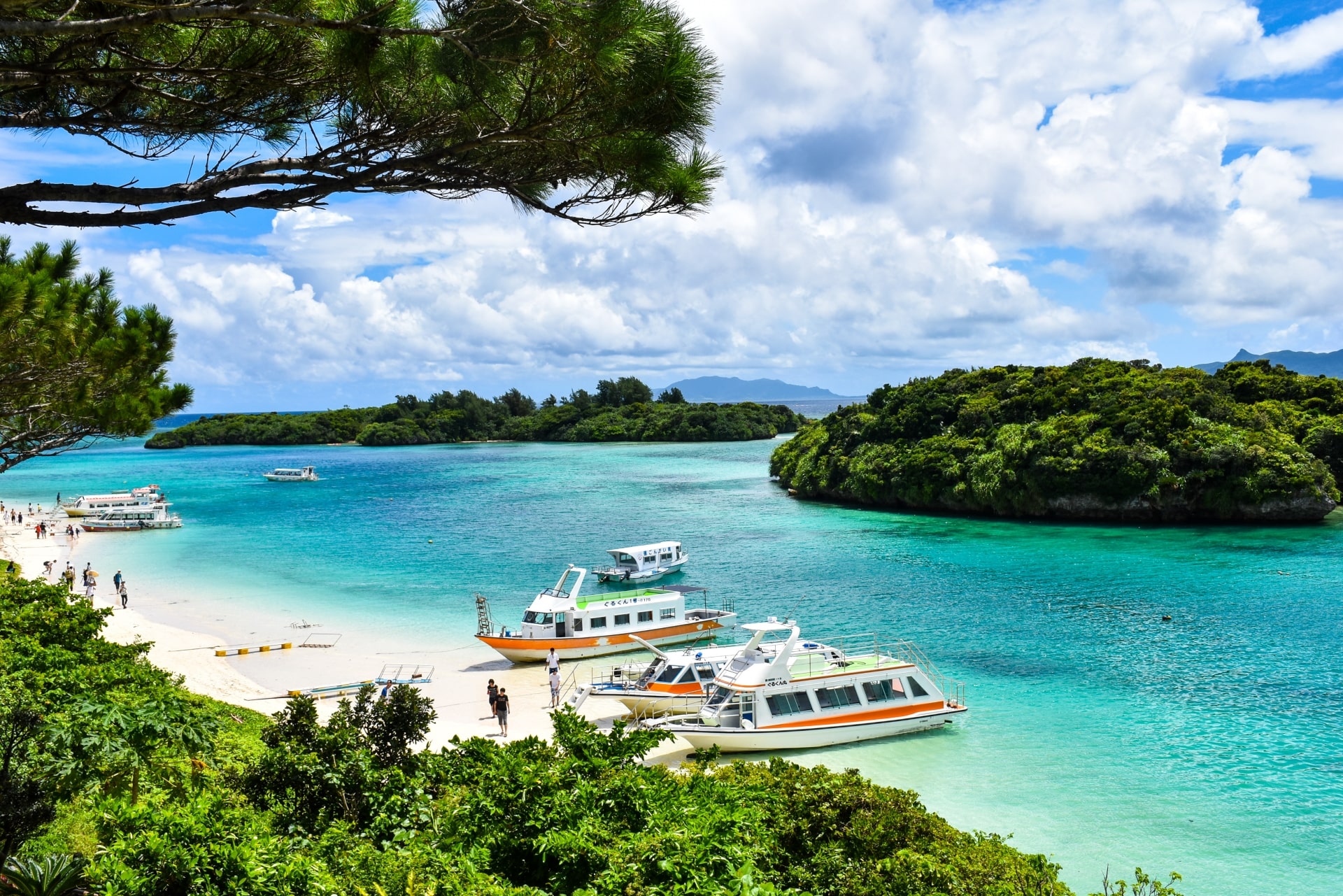
Although Ishigaki island is a small island compared to Okinawa’s main island, there is so much you can do there.An observation deck in Kabira Park is one of the best places to view Kabira Bay. Kayaking and snorkeling are popular activities there.
Map
Access
30-min drive from New Ishigaki Airport
8. Yakushima Island (Kagoshima)
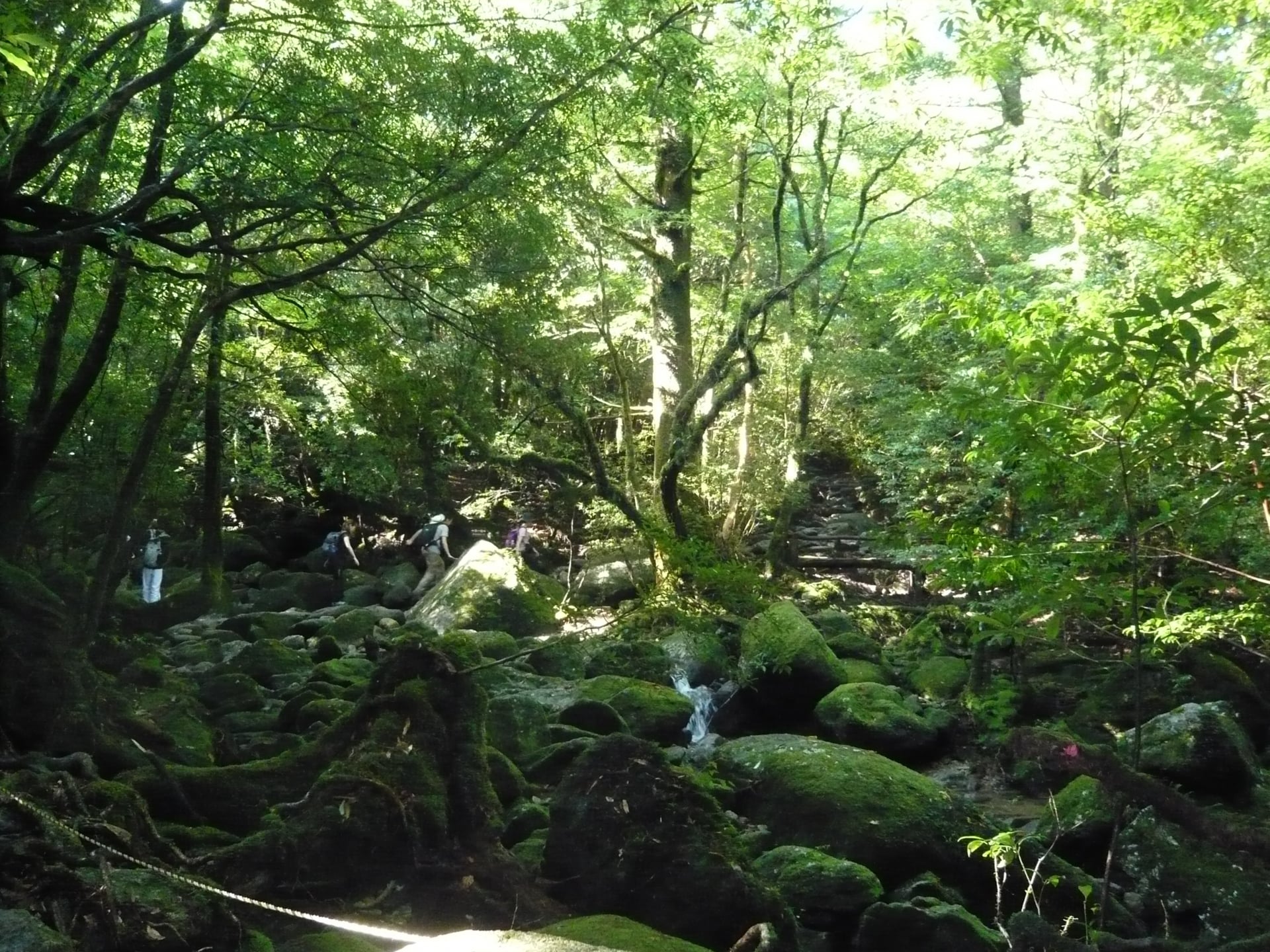
Although there are people living on the island and you will see numerous visitors, the nature here is well preserved. The sunlight shining threw the trees, illuminating the moss-covered rocks creating scenery that will remind you of the Ghibli film “Princess Mononoke”, which by the way, was inspired by this island.
More info: 10 Best Things to Do in Yakushima
9. Nachi Fall/Kumano Kodo (Wakayama)
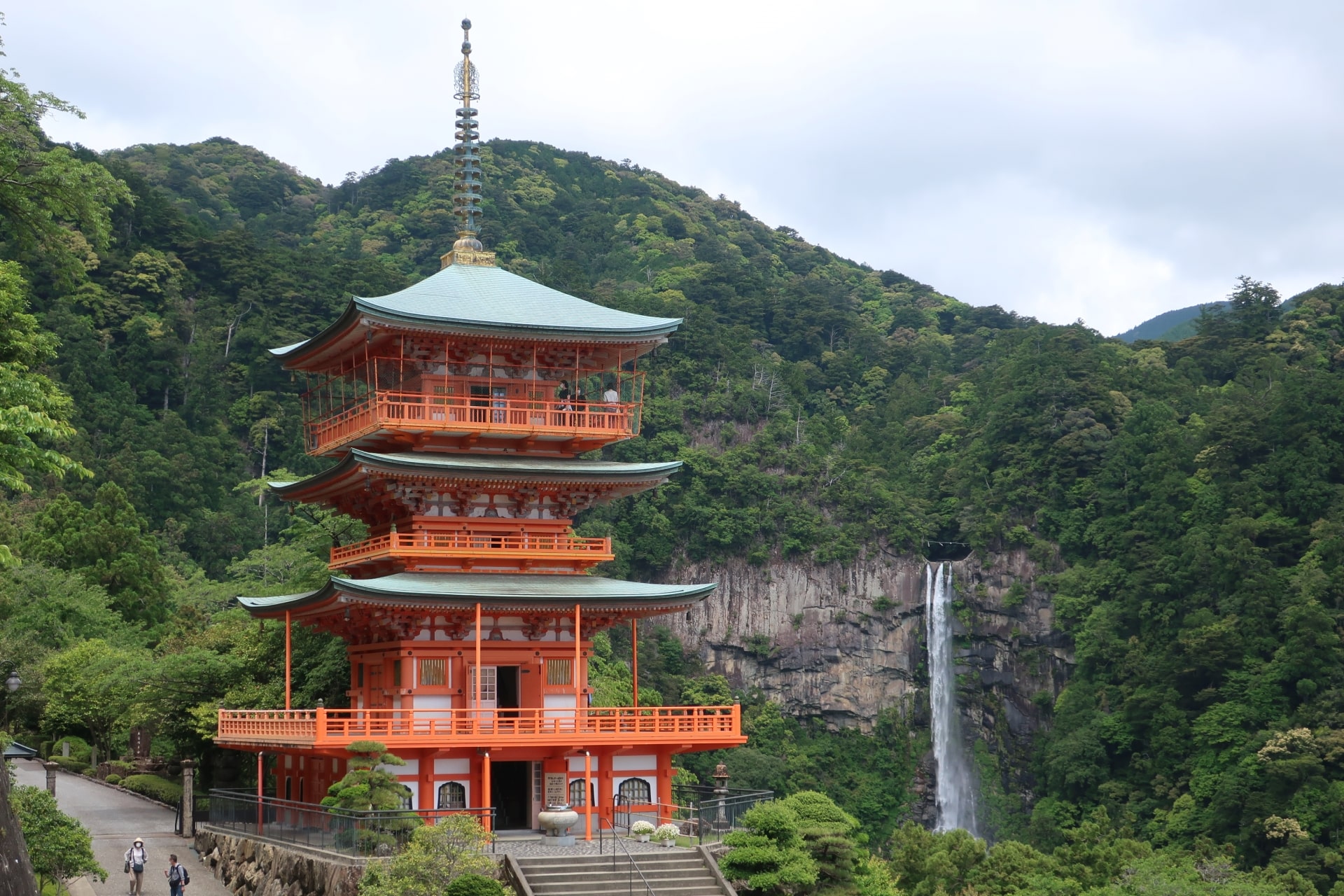
These pilgrimage routes are well visited by people from across the world. The scenic waterfall is also accompanied by the stunning three-story Pagoda of Seigantoji temple (青岸渡寺).
More info: Nachi Falls: The Best Scenic Waterfalls in Japan
10. Shibuya Crossing (Tokyo)
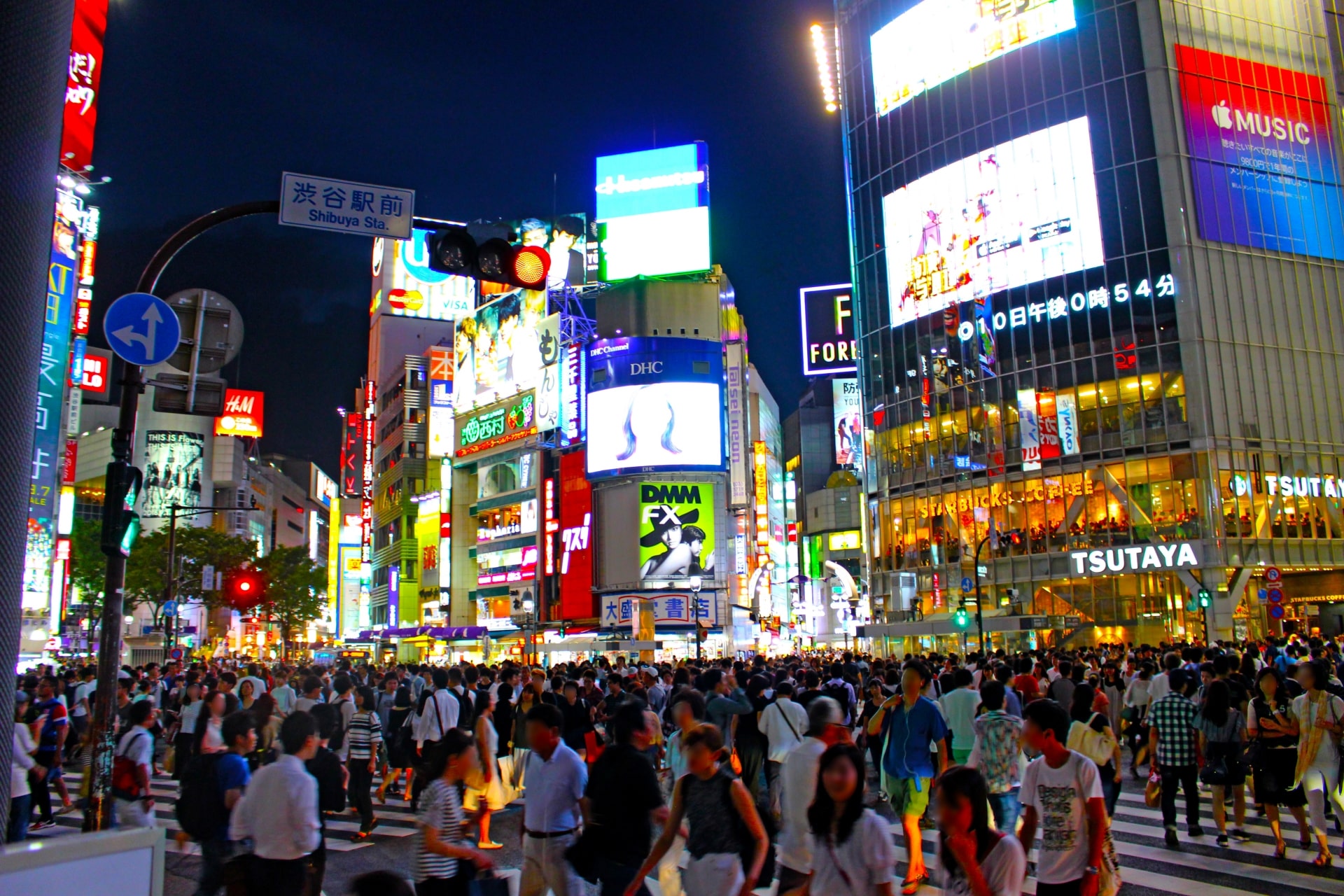
The crossing is located just outside of Shibuya train station, and it is estimated that on average, approximately 1,000 people cross this street during each blue light. This makes it one of the busiest crossings in the world.
Being on the ground-level, and experiencing the crowd is one way to enjoy this chaotic scene. But there are also places where you can see the busy streets from up high. You can check out these spots in the following article by clicking the link down bellow.
More info: Shibuya Crossing, the Most Famous Crossing in the World!
Check also: 6 Best Shibuya Crossing Photo Spots
11. Unkai Terrace (Hokkaido)
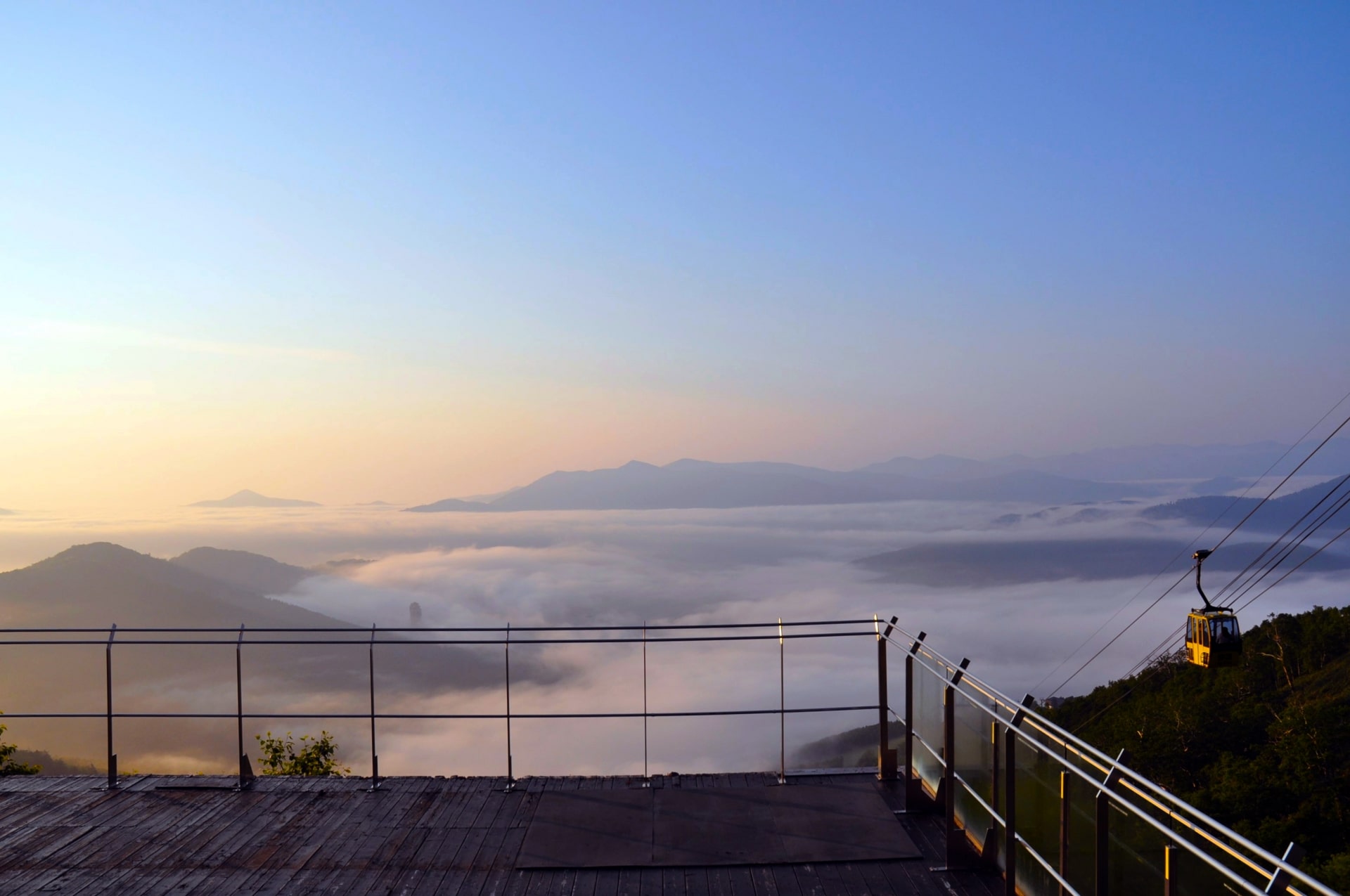
Although it is only open from mid-May to the end of October, there are many ways you can enjoy the scenery. You can ride the gondola, there is also the “cloud walk” which is a bridge that hangs over the sea of clouds.
More info: Unkai Terrace in Hokkaido: Where to Watch the Sea of Clouds in Japan
12. Kinkakuji Temple (Kyoto)
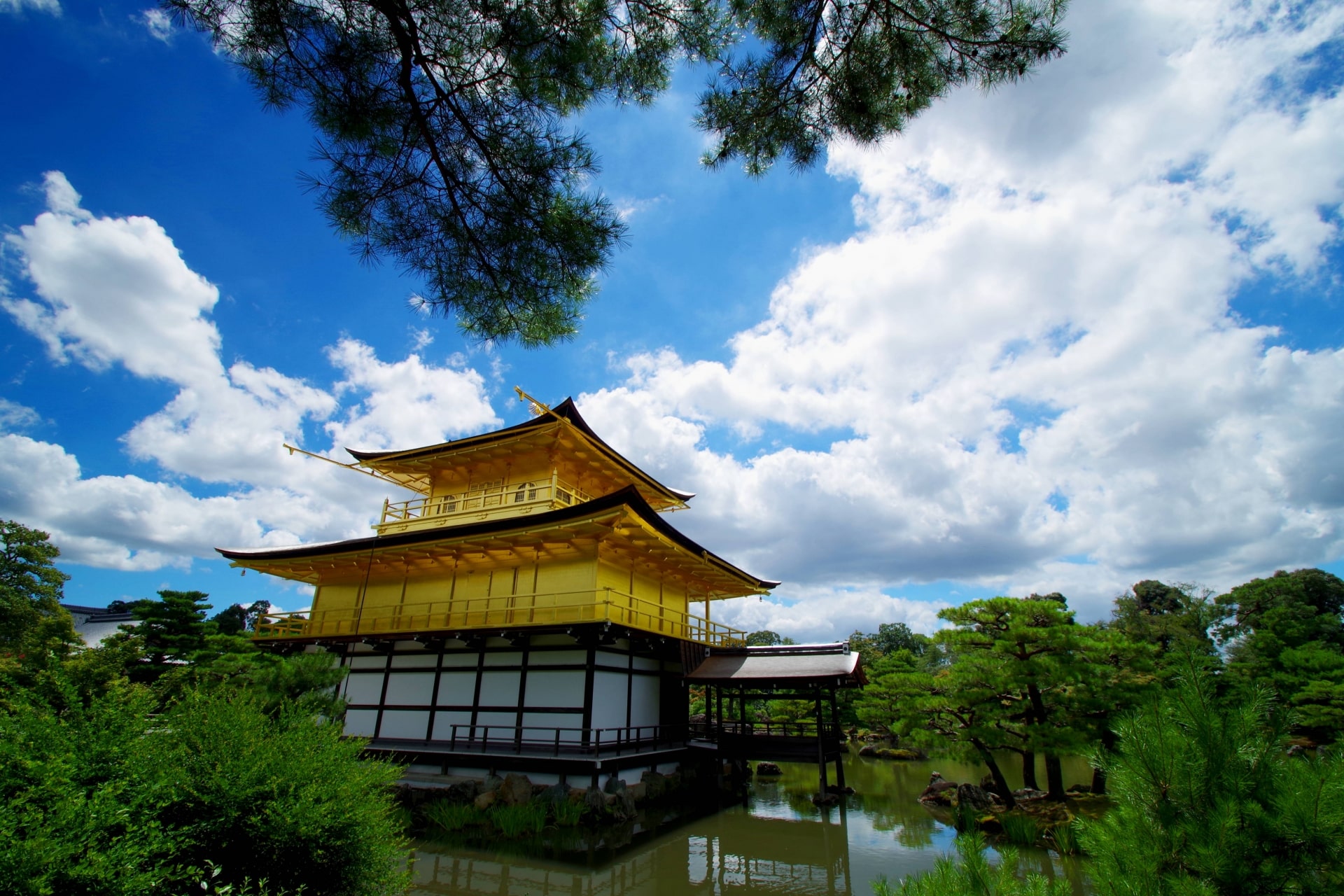
The temple is one of 17 locations of the Historic Monuments of Ancient Kyoto which are designated as World Heritage Sites.
More info: Kinkakuji Temple: Kyoto’s Golden Pavilion
13. Miyajima Island (Hiroshima)
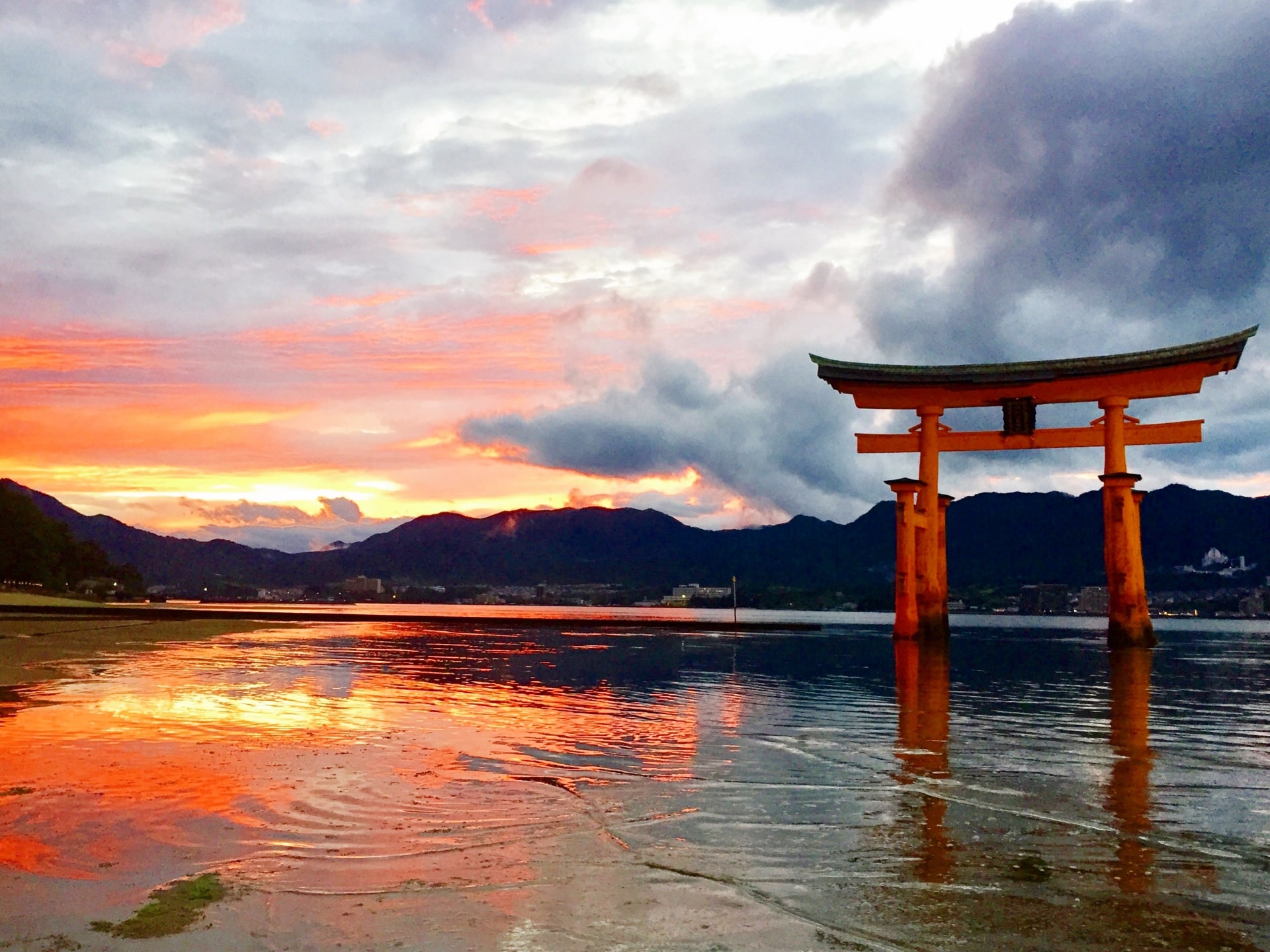
One is the stunning Itsukushima Shrine (厳島神社) which is a Shinto Shrine mostly known for its impressive floating red torii gate. The shrine complex is listed as a UNESCO World Heritage Site and is also a Japanese national treasure.
The second reason for being popular is for its deer. Approximately 500 wild Japanese deers can be seen all around the island. These are considered to be messengers of the gods.
More info: Miyajima Island: Best Things to Do
14. Shirogane Blue Pond (Hokkaido)
Next on this list is Shirogane Blue Pond (白金青い池) which is located on the outskirt of Biei town (美瑛町). Just as the name implies, it is a pond that has a beautiful blue color to it that has become popular ever since the image of this pond was used as one of the default wallpaper images for the iPhone.
The peculiar chemical composition of the springs that are connected to this pond creates this beautiful color. It has very different appearances depending on the season you come visit.
Map
Access
20-min drive from Kami-Furano Station
Official Website
https://www.biei-hokkaido.jp/ja/sightseeing/shirogane-blue-pond/
15. Kamikochi (Nagano)
And lastly, we have Kamikochi (上高地) which is a popular mountain resort in the Northern Japan Alps in Nagano Prefecture. It is one of the most popular spots for hiking in Japan during summer where visitors can enjoy the fresh and cool breeze with the scenic views.
The spectacular scenery of the tall snowy mountains, green forests, and crystal clear rivers make it look as if it were another country. So much so that sometimes it is referred to as “The Yosemite Valley of Japan”.
More info: Kamikochi Japan Alps: Best Place to Hike in Japan
I hope you enjoyed this list of beautiful places in Japan. If you love sunrises and sunsets, here are two other lists that may interest you!
▶10 Best Sunrise Spots in Japan
▶15 Best Sunset Spots in Japan
Also, If you would like to know more about beautiful sceneries in Japan, make sure to check out the following articles as well!
▽Related Articles▽
▼Editor’s Picks▼
Written by
Born and raised in Costa Rica, I started living in Tokyo from college. I love traveling within Japan & around the world. Since I wasn’t born in Japan, I know the cultural impact that you can get when visiting Japan for the first time and what you might be worried about before your trip. And I’ve lived long enough to somewhat understand the nuances of the Japanese culture that make this country such an attractive place to visit. Hopefully I can provide to you both the information you’re looking for and the information you didn’t know you needed to know.
